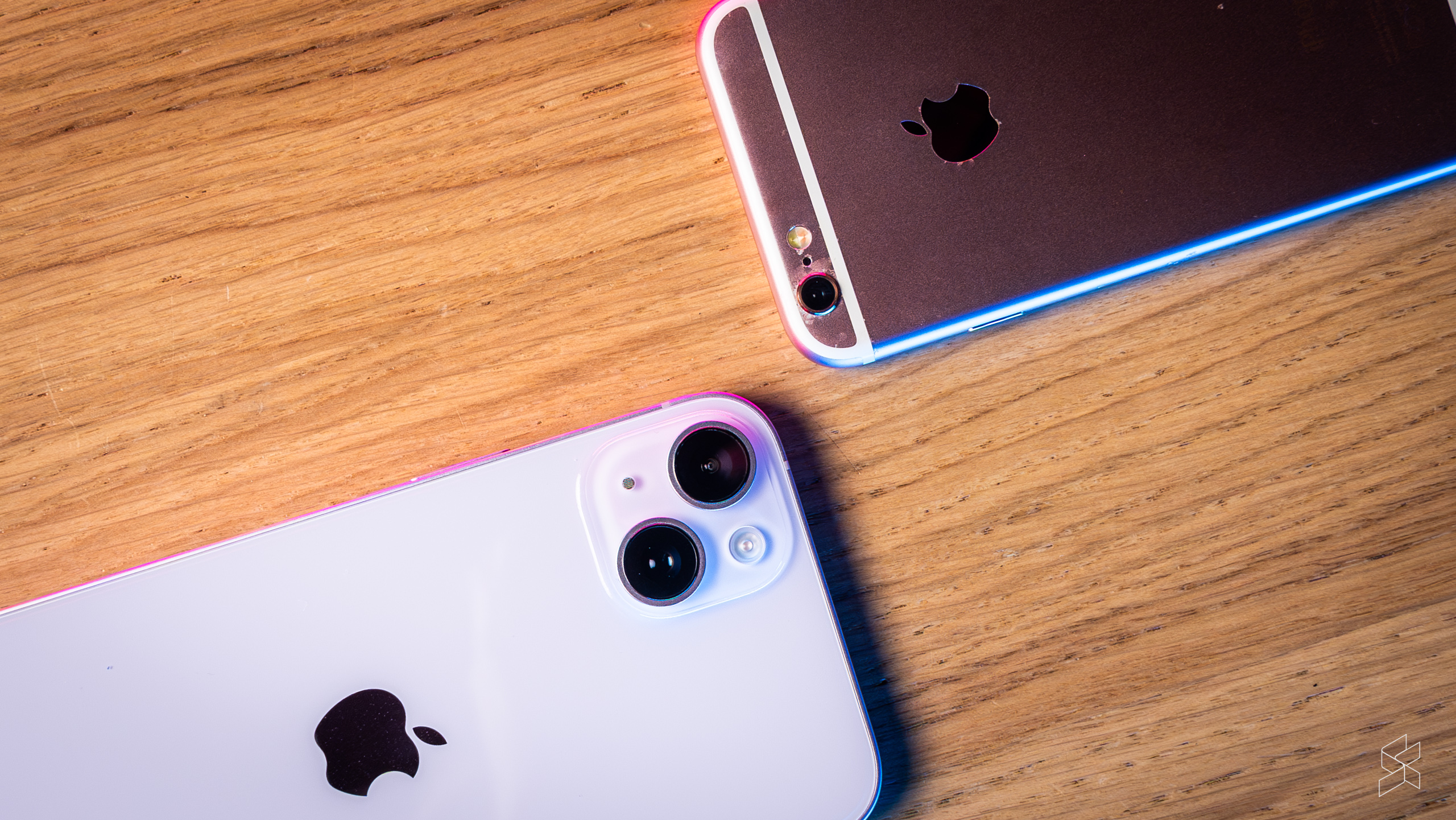The new iPhone 15 series is here, and the biggest news is the long-awaited switch from a Lightning port to USB-C. But there’s also been a comprehensive camera upgrade, with the regular iPhone 15 and 15 Plus graduating to a 48MP main camera, first seen on last year’s iPhone 14 Pro.
That means the iPhone 14 is the last iPhone to feature a 12MP main camera. So we thought it would be a good idea to compare the last 12MP iPhone with the first 12MP iPhone. That’s what we have here—the iPhone 14 Plus, next to the iPhone 6s from 2015. How far has Apple’s camera technology come in the past seven years, and can the old dog teach the latest one some tricks of its own? Let’s find out.
The world was a very different place the last time Apple bumped up the iPhone’s megapixel count. Computational photography wasn’t really a thing yet, we were still a year away from Portrait Mode on the iPhone 7 Plus, and Night Mode didn’t come until the iPhone 11. These are things we all take for granted these days.
The iPhone 6s and iPhone 14 Plus may both feature 12MP cameras, but that’s about all they share. The 6s’s tiny sensor has a pixel size of 1.22µm, which is actually identical to the 14 Pro. But that’s because the 14 Pro has a 48MP sensor that uses pixel binning to double the pixel size. There’s none of that here.
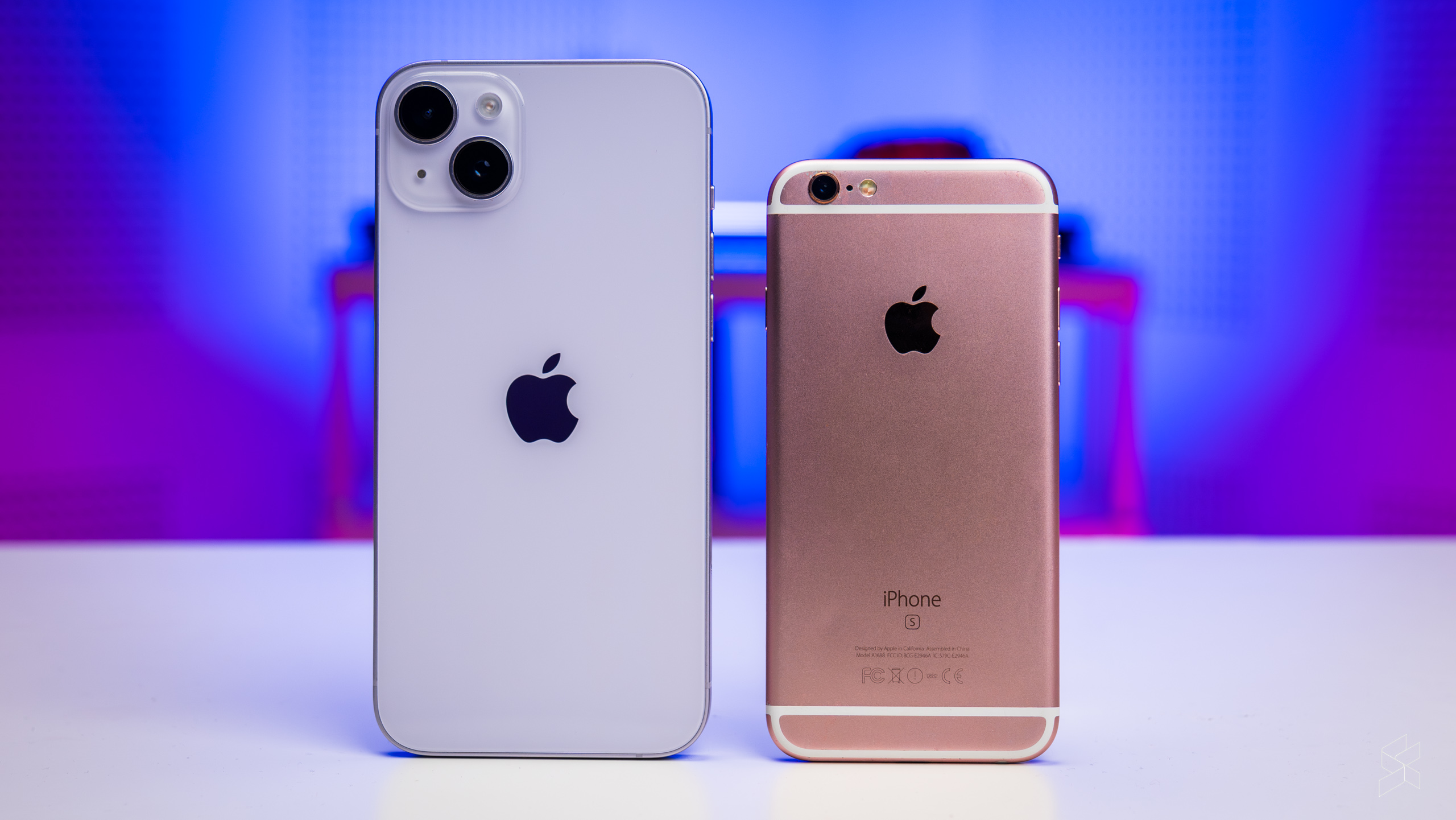
By contrast, the 14 Plus has a much larger sensor with 1.9µm pixels. You can actually see the size difference when you put the two phones side-by-side—you can literally fit several 6s cameras into just one of the 14 Plus’ camera bumps. The bigger lens also means the 14 Plus has a much larger f/1.5 aperture, versus f/2.2 on the 6s.
Both these features allow the 14 Plus to draw in substantially more light, which is particularly beneficial in low light. The newer phone also has a seven-element lens, versus just five elements on the 6s, and the improvements in lens material over the years should also result in a sharper image. Elsewhere, the 14 Plus benefits from optical image stabilisation, which was only fitted to the 6s Plus; we have the smaller 6s here. The newer device has a more advanced sensor-shift system for even better stabilisation.
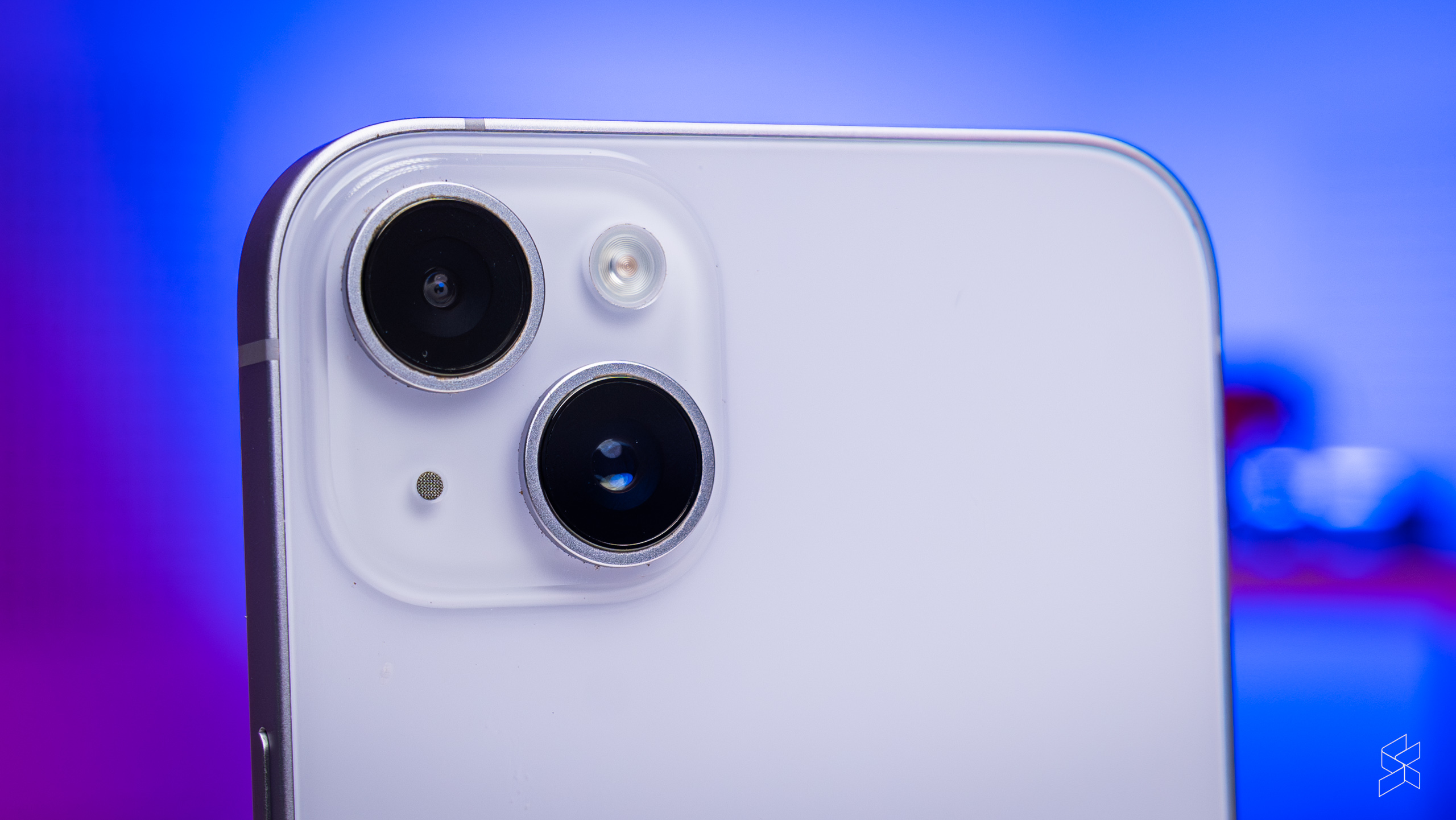
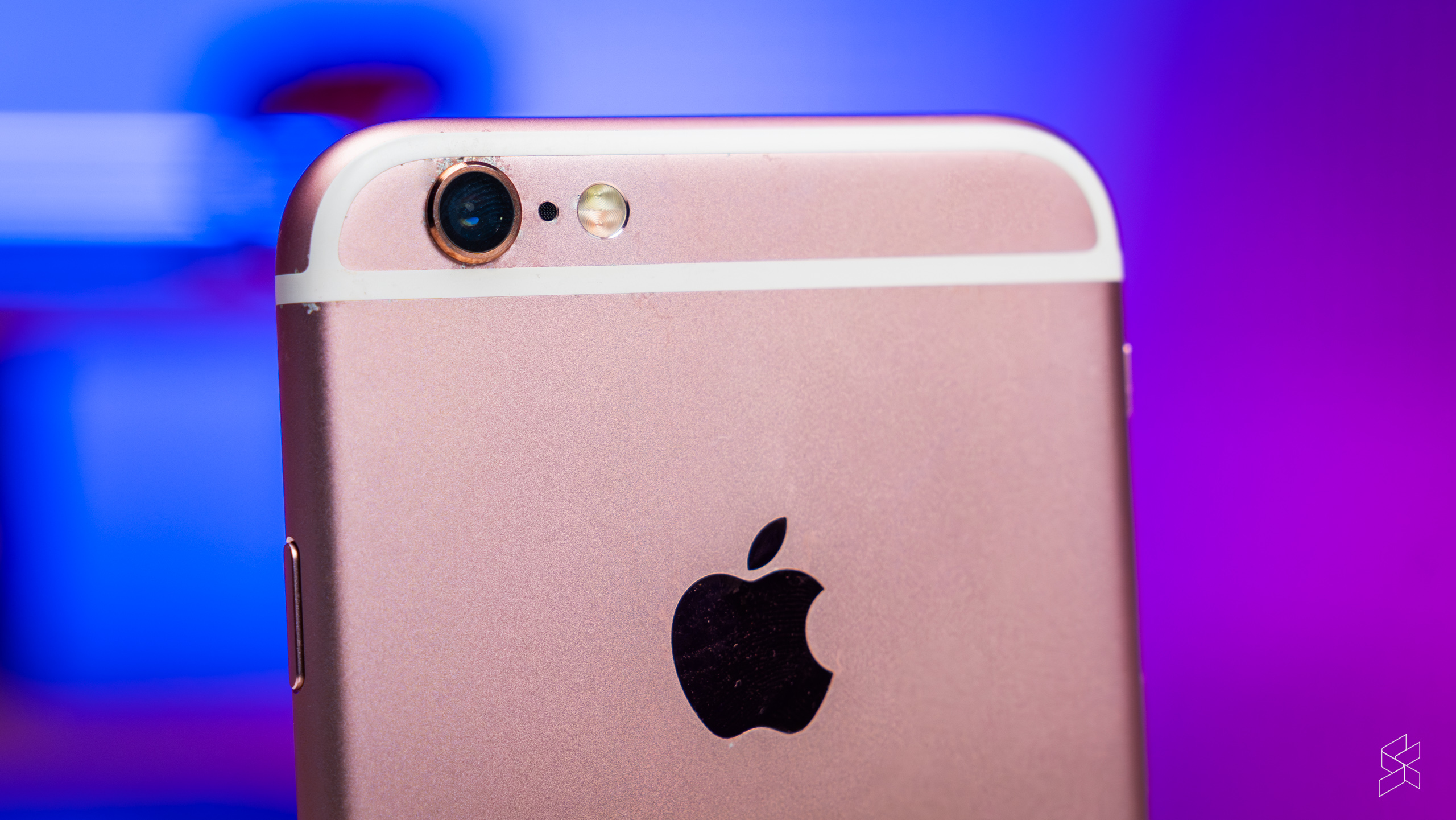
You also get Smart HDR, which blends multiple shots with different exposures into a single image. This happens automatically; there’s no toggle to activate it, like you do on the 6s. New for the iPhone 14 series is a reworked imaging processing pipeline called the Photonic Engine, which applies the processing earlier, on the uncompressed version of the image. This results in a 2.5 times improvement in mid- to low-light performance.
All that new tech is great and all, but what does it mean in the real world? Surprisingly not much, at least in the daytime. You can see that the 14 Plus resolves a bit more detail, and that’s partly due to the larger sensor. But a lot of that is also down to the ever increasing sharpening Apple has applied over the years, leading to a slightly over-processed look. More importantly, there’s very little noise showing in the images of both phones.
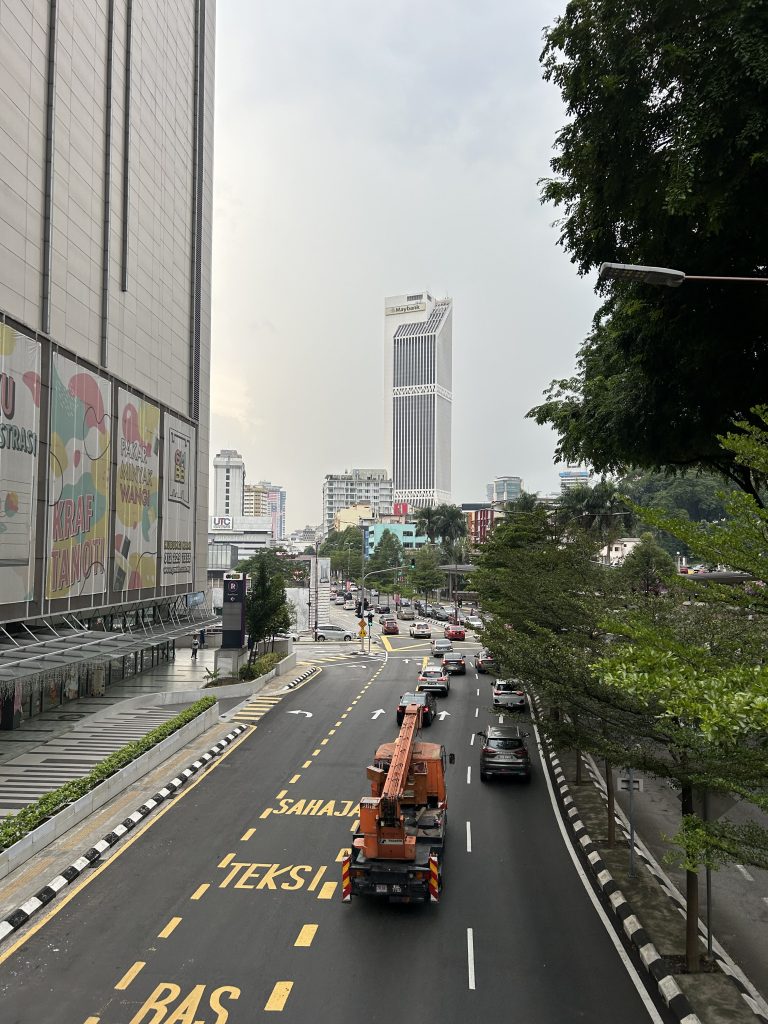
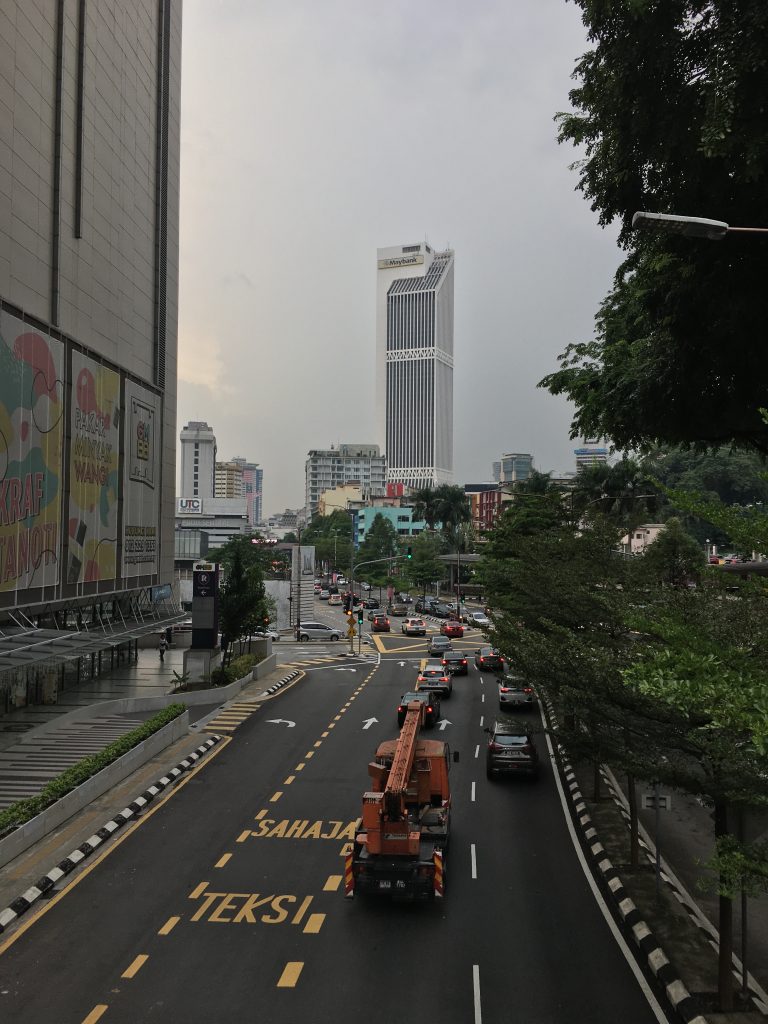
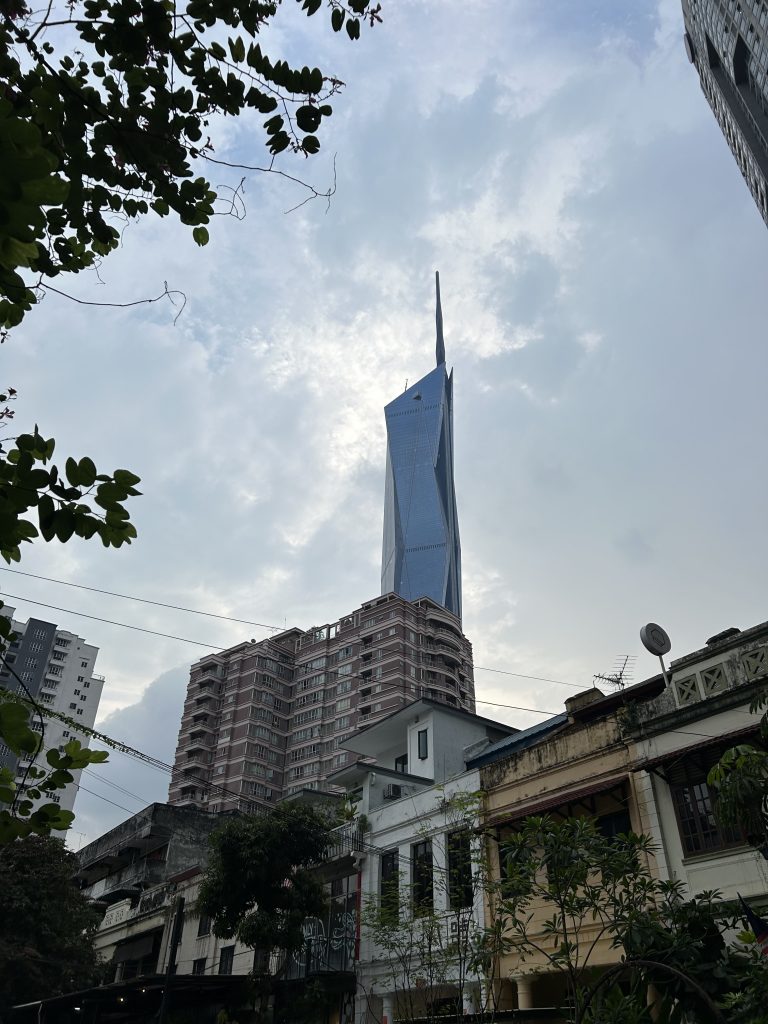
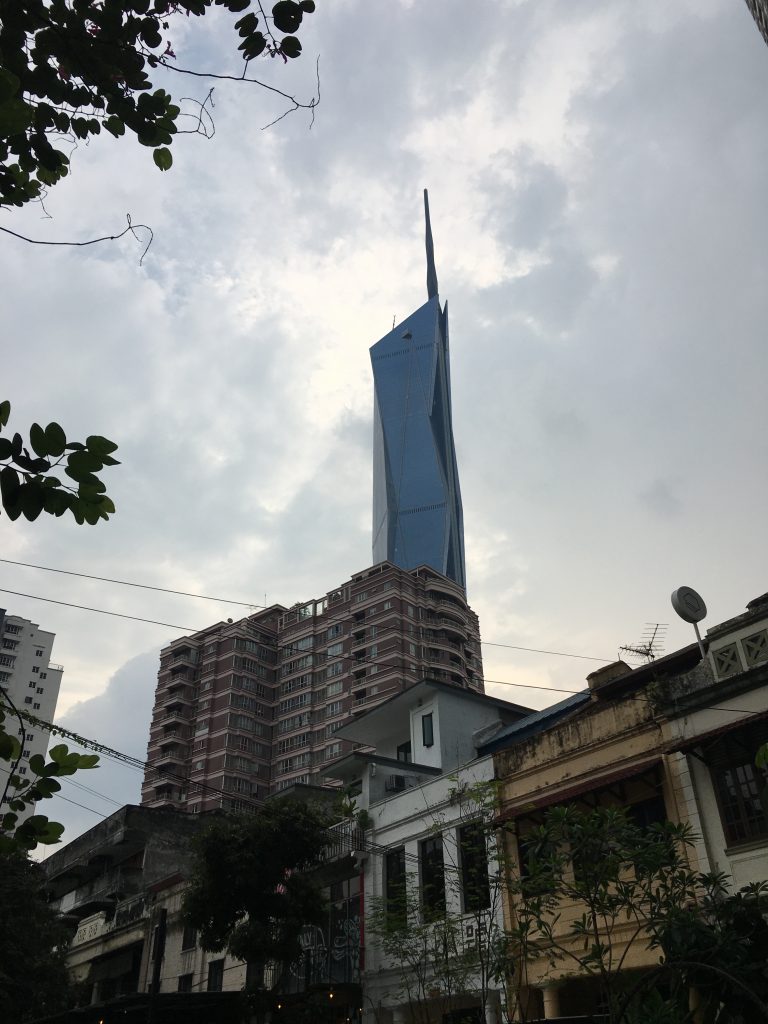
Apple has also maintained the iPhone’s signature neutral colour reproduction over the years. It’s actually amazing how similar the colours are on the photos coming out of these two vastly different cameras.
Two things stand out, however. The first is that the 14 Plus’ main lens is quite a bit wider, and that’s obviously what people want. You get to capture more in your image. For instance, group photos are much easier to take on the 14 Plus. But it’s also a less pleasing focal length, and you get slightly more distortion with the wider lens.
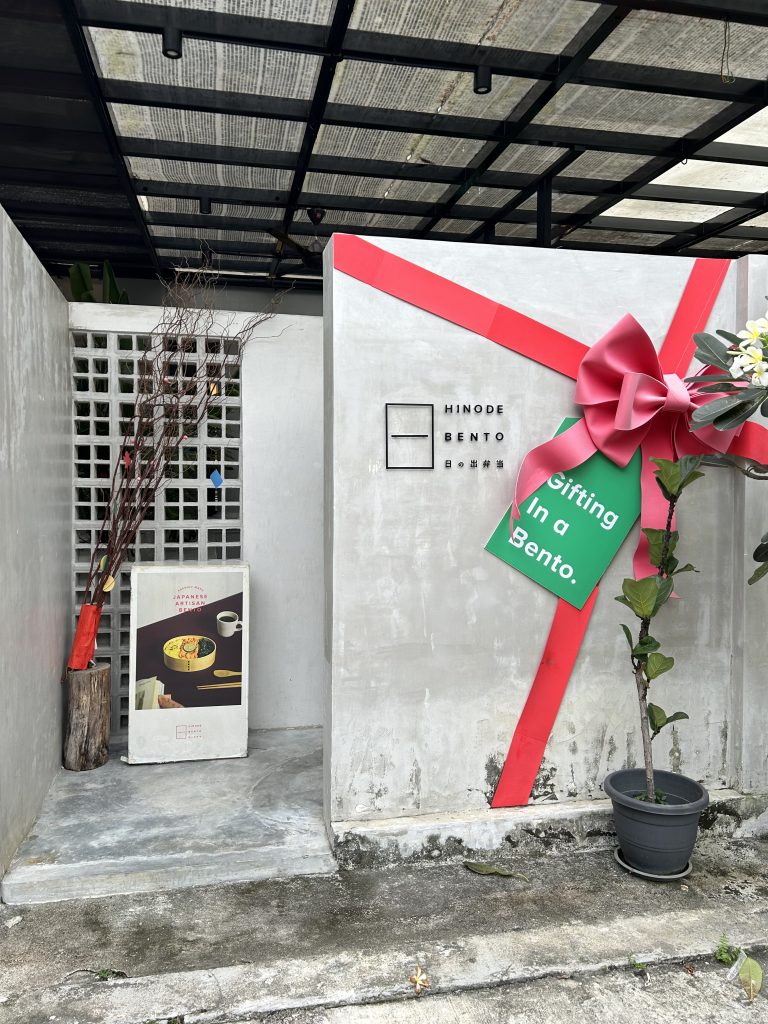

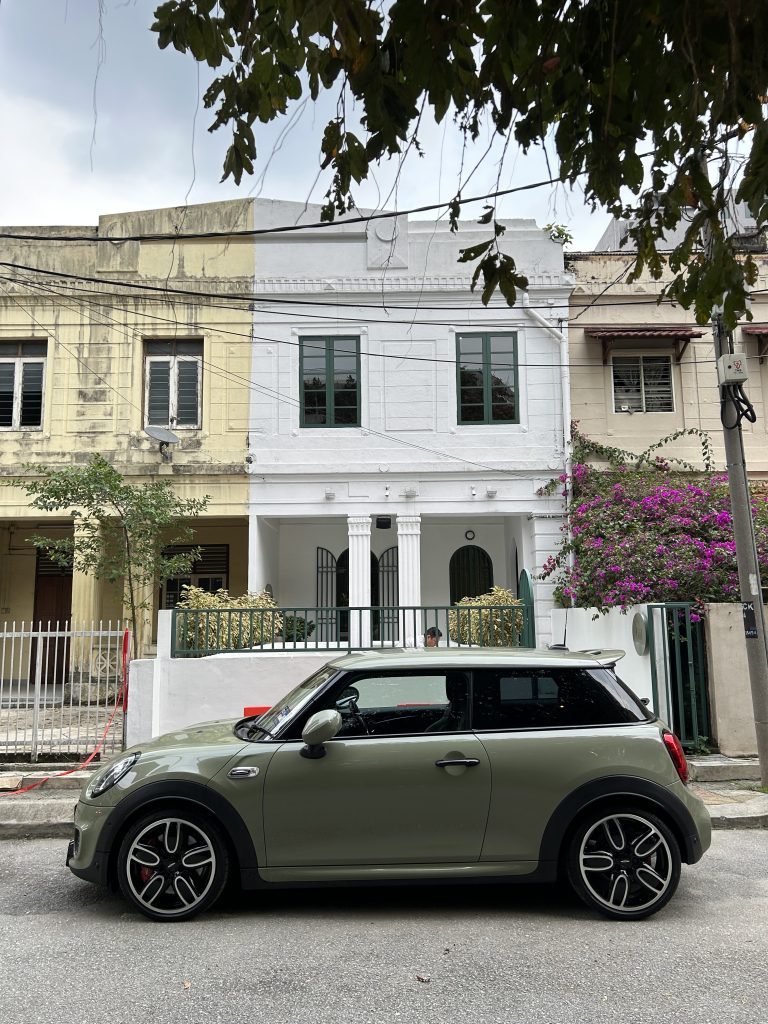
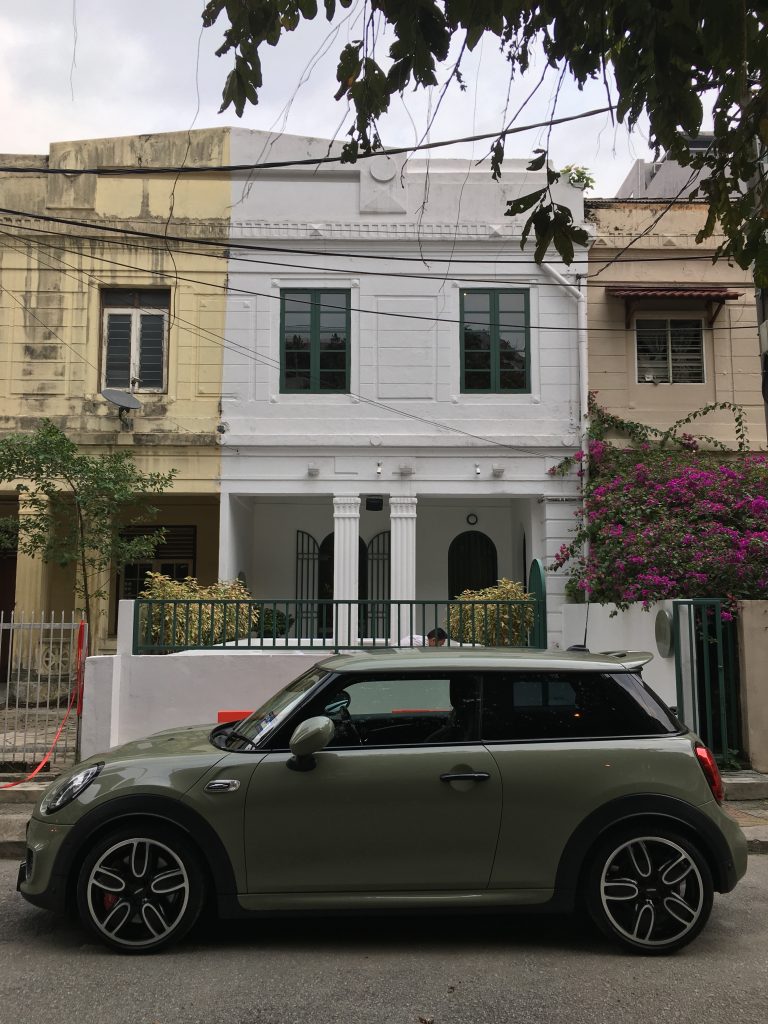
The second thing is that the 14 Plus takes images that are consistently much brighter than the 6s, again catering to a wider audience. There’s also a much wider dynamic range, resulting in a more evenly lit photo.
That’s great, but there are also instances where the 14 Plus’ images look a little flat, a bit less dramatic compared to the 6s’. Colours can look a little off, and the lack of true highlights and shadows can make the images seem a little washed out. The greater dynamic range does at least give you greater latitude to edit your photos to your liking, but who on Earth uses Lightroom to edit their iPhone photos? I mean, aside from me…
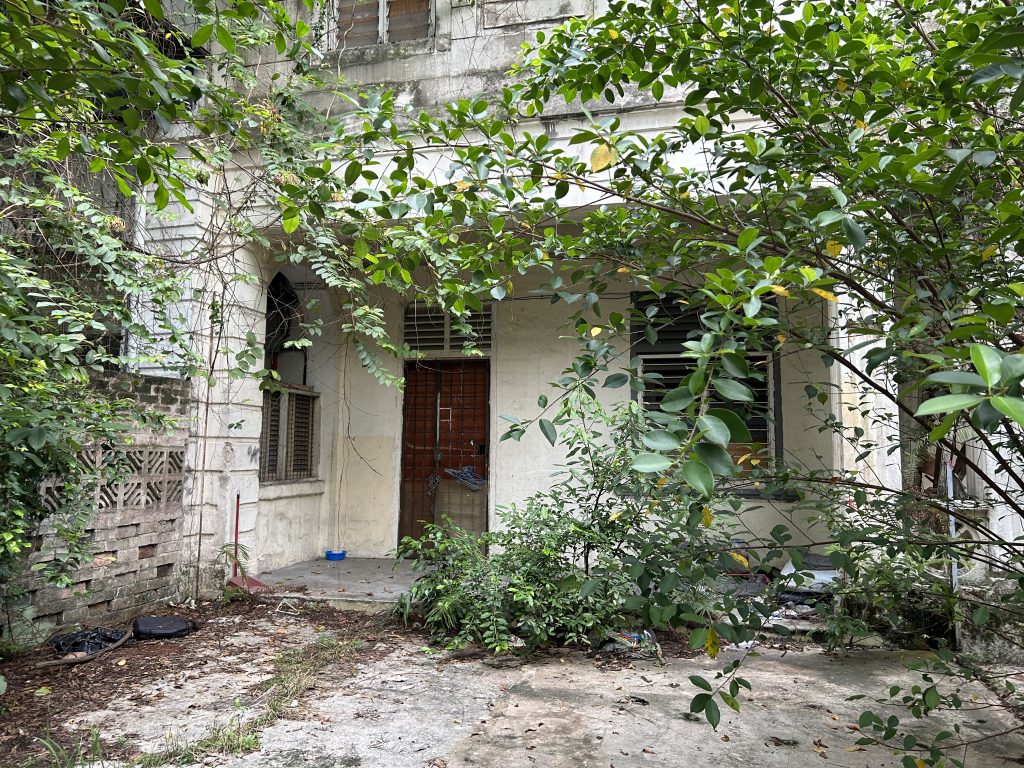

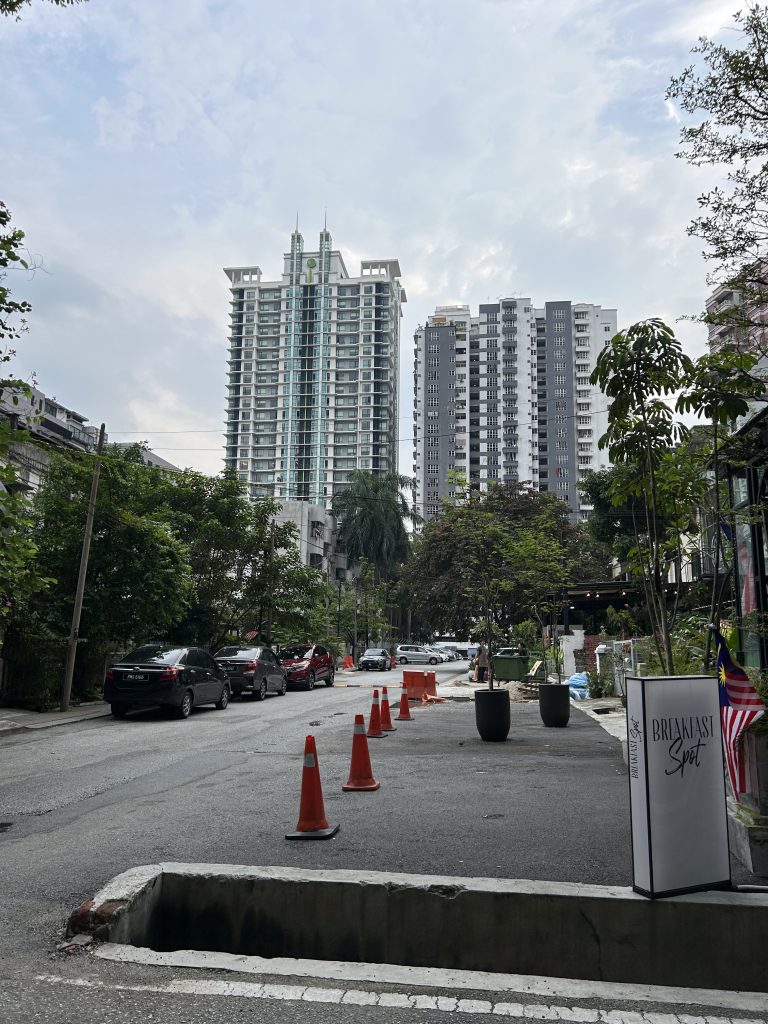
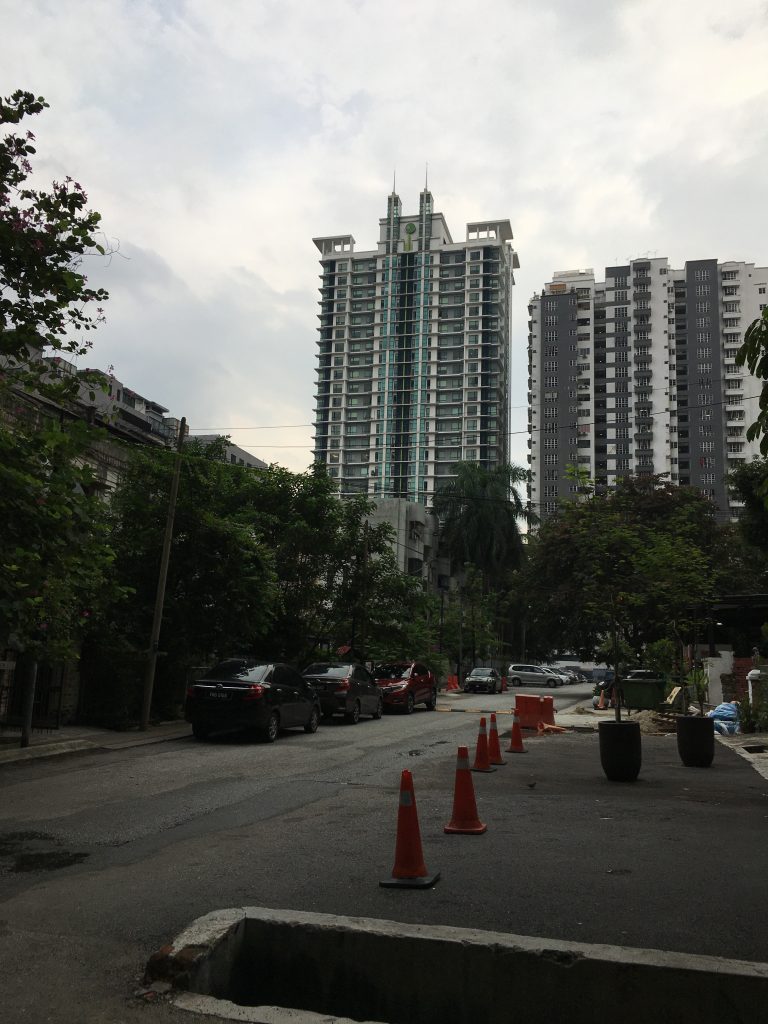
One thing is clear, however. You really feel the lack of optical image stabilisation when you’re taking photos with the standard 6s. Even in bright daylight, the photos can end up blurry unless your hands are perfectly still. The 14 Plus doesn’t just benefit from OIS, it also takes multiple images before you even hit the shutter and it can pick the sharpest one. It’s one area where you can clearly see the improvement over the years.
The sheer hardware and software advantage of the 14 Plus is more obvious when you’re shooting portraits. The much larger sensor means you get a nice shallow depth of field without resorting to Portrait Mode. The 14 Plus also uses something called image segmentation to detect a person and separate them from the background, sharpening details like their eyes and hair and brightening the shadows on their face without affecting the rest of the image. It’s a nice effect, although it does once again result in a flatter photo.






As the sun goes down, the 14 Plus really comes into its own. You can definitely see the wider dynamic range. Both the shadows and highlights are brighter, and yet the highlights aren’t overblown and the entire image is perfectly exposed. The 14 Plus’ sharpening, which is a bit much in the daytime, works very well, too, helping to draw out far more detail compared to the 6s’ mushy mess.
The 14 Plus’ white balance is also far more neutral, even though the warmer photos of the 6s are actually more faithful to real life. And the improvements in image stabilisation are very noticeable here. It’s almost impossible to take night shots with the 6s without there being at least a little bit of motion blur, whereas the 14 Plus’ night photos are almost always pin-sharp.

Aside from the main camera, the 14 Plus has the added benefit of an ultra-wide shooter—also 12MP—with a 120º field of view and an f/2.4 aperture. This is something that was not offered on the iPhone until the iPhone 11, and it gives you that extra bit of versatility when it comes to framing your shots. It’s not the best ultra-wide camera in the world, however. Yes, the colour reproduction is broadly consistent with the main camera’s, but it’s a bit soft in the corners, and you do lose out on quite a bit of detail in low light. Not only that, but there’s a lot more noise at night, too.
The selfie camera is one area where the 14 Plus has the 6s well and truly licked. It has another 12MP shooter at the front, whereas the 6s is stuck with a miserable 5MP camera. The differences are profound.




Even if you manage to take a perfectly still selfie with the 6s—which is rare—the 14 Plus trounces it in terms of detail and dynamic range. It’s able to dial back the highlights instead of blowing them out completely. That magenta tint you usually get on low-res webcams is completely gone on the 14 Plus. Not to mention, the 6s can only shoot selfie videos at 720p, whereas the 14 Plus can take 4K videos at up to 60fps.
Speaking of which, the 14 Plus and, surprisingly, even the 6s are capable of shooting 4K videos through their main cameras. But while the 6s is limited to 30fps, the 14 Plus can go up to 60fps. The 14 Plus’ advantage doesn’t stop there. It shoots in HDR for greater dynamic range, and the videos not only offer greater detail but also less noise. But most of all, the 6s’ videos are very shaky without the benefit of OIS and all the other stabilisation tricks the 14 Plus has up its sleeve.


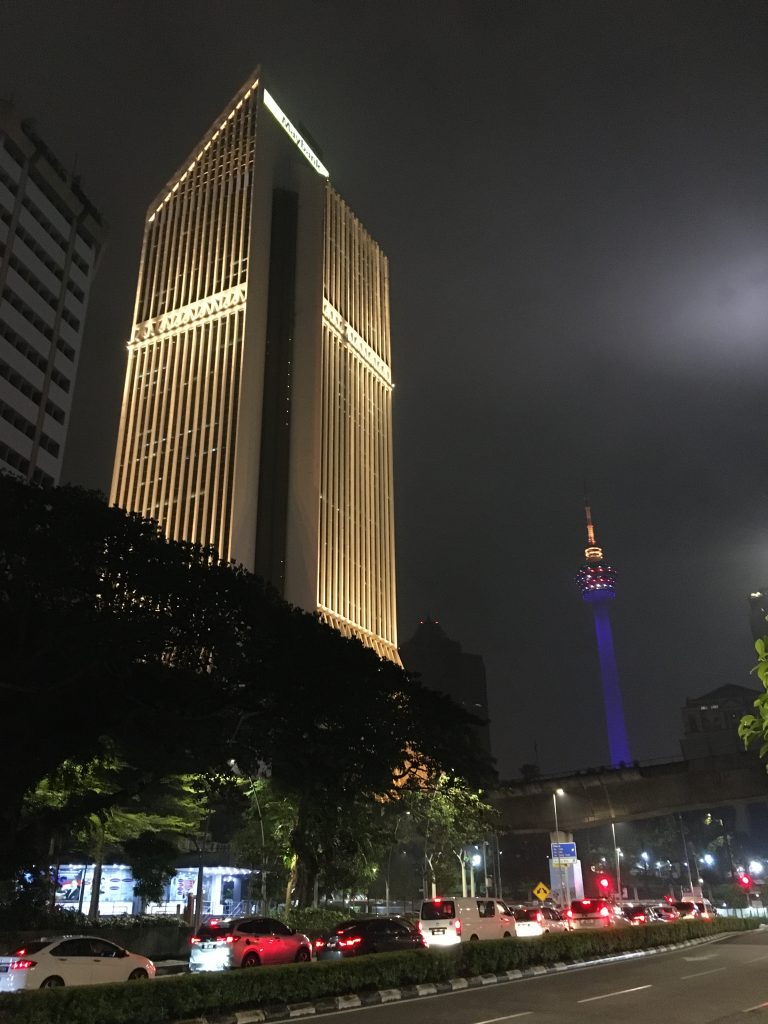
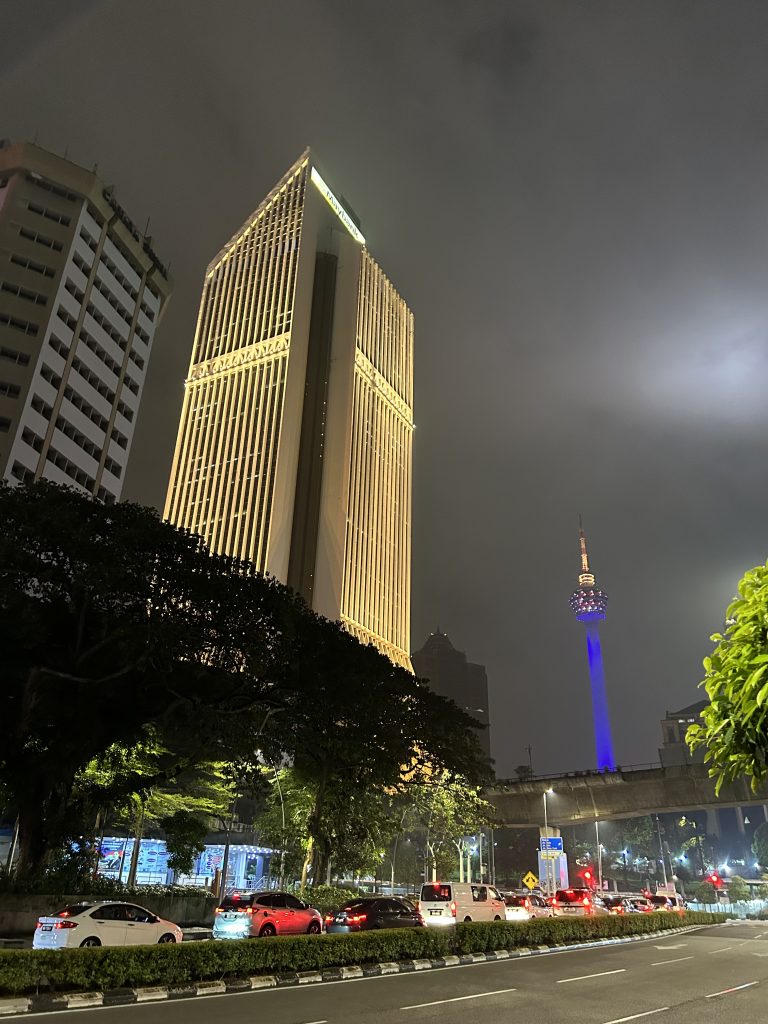
There are a few other things I’d like to point out. Newer iPhones like the 14 Plus use a High Efficiency Image File Format, or HEIF, instead of JPEGs on the 6s. This allows for higher compression to make file sizes smaller without sacrificing image quality. The difference isn’t a lot—around 2.7MB versus 3MB—but multiply that over thousands of photos and it all adds up.
And as Apple silicon has become more and more powerful, so has the shutter lag become shorter and shorter, to the point that it’s almost nonexistent now. The difference between the 6s and the 14 Plus isn’t actually that big, given the seven years of development that has happened in between. There are flagship Android phones these days that have more shutter lag. But it’s there if you go looking for it.




Also, with the advent of Smart HDR, a lot of the image processing happens in the background. Take a photo with the 6s and the photo is ready instantly. On the 14 Plus, you have to wait a while, sometimes several seconds, for the phone to finish processing, by which time you’ll end up with a drastically different image than what you started with.
So, does the iPhone 14 Plus have a better 12MP camera than the 6s? Absolutely. It delivers brighter and sharper images everywhere, with far greater consistency and less noise, particularly in low light. Perhaps the biggest improvement is the image stabilisation, both in terms of photos and especially in videos. It’s actually surprisingly hard to take a blurry photo or video these days.
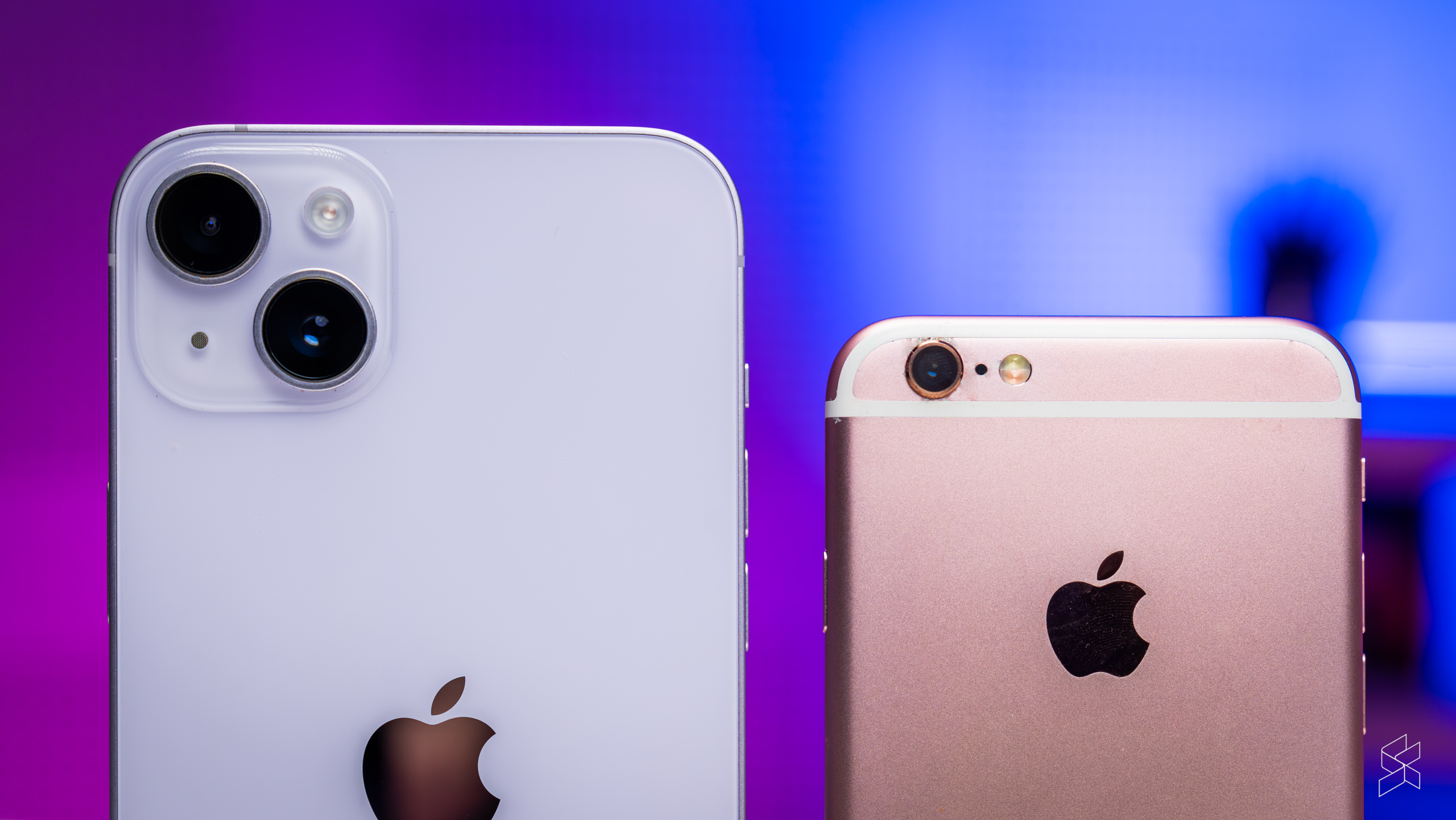
But, and this is something I’ve been building towards in this video, there is a sacrifice that Apple has made here. In creating a camera system that caters to the millions of people who buy an iPhone, the 14 Plus has lost a little bit of that emotion that draws people into a well-executed photo. The interplay between light and shadow, the ability to better frame your subjects with a longer focal length—all that’s gone now. Instead, you just get bright, wide angle photos that show everything in a better light, but without much in the way of substance.
Of course, the lack of contrast can be alleviated by enabling the 14 Plus’ Rich Contrast filter, but it doesn’t fix everything—like the fact that sharpening has really gone overboard these days. And it certainly doesn’t fix some of the 14 Plus’ other problems. It still struggles with lens flare. Saturated colours look weird. And internal reflections have gotten worse with recent iterations of the iPhone. Apple has tried to improve the situation, but the 14 Plus still fares far worse than the 6s.

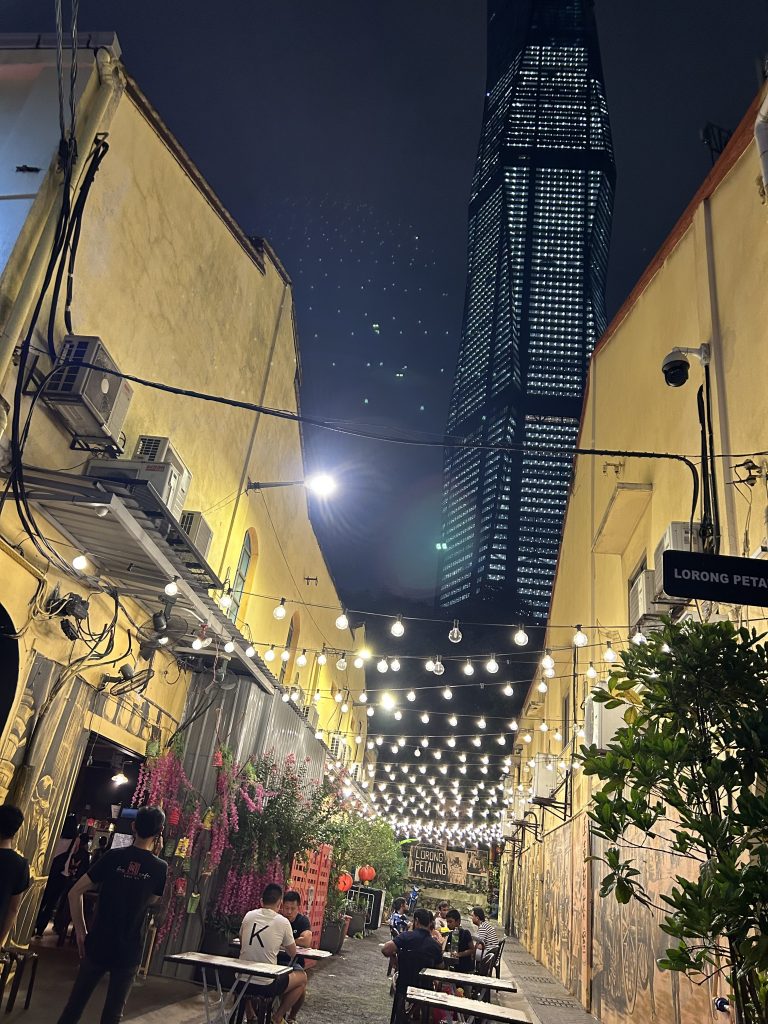
Don’t get me wrong. I’m not saying that you should throw away your iPhone 14 Plus and buy a 6s—not least because the 14 Plus is much better at being, you know, a phone. It also has a far better camera that absolutely demolishes the 6s in the vast majority of lighting situations. But the 6s also illustrates so clearly what Apple has sacrificed in the service of delivering brighter images with greater detail, lower noise and a wider dynamic range.
Perhaps as image sensors become larger and more powerful and the megapixel count gets higher and higher, Apple will consider pulling back on some of the overprocessing and bring us back to images that are more true to life. But I doubt that.

